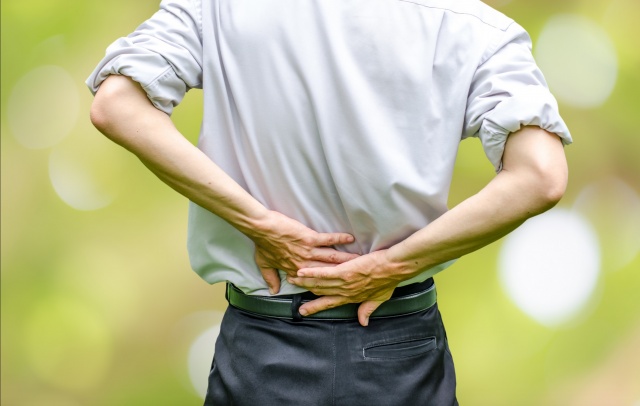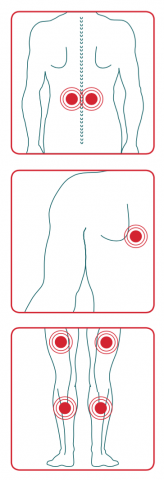 What Are Muscle Strains and Muscle Pulls?
What Are Muscle Strains and Muscle Pulls?
Muscle strain is a very common injury to occur in sports. It affects the muscles and tendons, and is also referred to as a pulled muscle. This injury occurs when a muscle or tendon has been overstretched and can range in severity; it may be a simple stretch that will cause pain but heal quickly, or it may result in a partial or complete tear. Most strains are relatively minor and will heal with time and rest, but severe strains that result in tears can take several months to heal.
Pulled muscles can occur as the result of overuse, improper use of the muscle, or from a sudden, forceful use of the muscle. Symptoms of a strained or pulled muscle include pain, swelling, inflammation, cramping, spasms, and weakness in the affected muscle.
While any muscle can suffer a strain, the areas of the body that are most likely to sustain a muscle strain are the back, shoulder, and legs. Risk factors include tight muscles, weak muscles, muscular imbalances, and fatigued muscles.
Common Strains
 Back
Back
Strains to the muscles of the lower back are common among athletes. These strains generally occur from lifting, but they can also be the result of a fall or collision, or repeated crouching and bending of the back. Once a lower back strain has occurred it can be persistent for an athlete, and since the lower back muscles help to support the spine and upper body, strains can limit the supporting ability of these muscles. This can result in pain to other areas of the back, or pain that extends down into the legs.
Shoulder
Shoulder strains are often the result of overuse. However, they can be caused by an impact or from a sudden, quick motion of the shoulder that overextends the shoulder muscles. Symptoms of a shoulder strain are pain, stiffness, and a reduced range of motion.
Hamstring
The hamstring is one of the leg muscles most likely to suffer a strain. It is a large muscle that runs down the back of the thigh and controls bending at the knee. Hamstring strains commonly affect athletes who perform a lot of running or jumping, and they can occur when an athlete makes a sudden stop or change of direction.
Groin
The groin is another commonly pulled muscle in the legs. The groin muscle allows us to perform a crossover step, which is a necessary movement for many types of sports like karate, soccer, basketball, football, etc. Most often, groin pulls occur from overuse of the inner thigh muscles and/or sudden contraction of that muscle. Common actions that lead to groin pull are direction changes, running uphill, jumping, sprinting, and landing from a jump. It can also occur if an athlete suffers from a hit to the groin area.
Prevention
Muscles strains can be painful, but for the most part, they will heal on their own. While most muscle strains are relatively minor injuries, it is important to rest and allow the muscle time to heal. There are many things that you can do to prevent these injuries.

This is Part 4 of an 11 Part Series:
- (Click Here) for Prevention Tips for Shin Splints
- (Click Here) for Prevention Tips for Tendinitis
- (Click Here) for Prevention Tips for Sprains
Check out our articles and infographics to learn a multitude of ways to start relieving your pain naturally!
Real Time Pain Relief not only cares about the quality ingredients that go into each and every one of our products – but also about the people who buy them. We hope this blog becomes a valued resource for your own personal journey to better health. For more than 17 years, Real Time Pain Relief has provided family safe pain relief made with Nature’s Ingredients. From the useful information in our articles to our high-quality natural products, we hope you feel better and pass it on!
Sources for this post:
- http://www.webmd.com/back-pain/guide/low-back-strain
- http://www.webmd.com/fitness-exercise/hamstring-strain#1
- https://medlineplus.gov/ency/article/000042.htm
- http://orthoinfo.aaos.org/topic.cfm?topic=A00111
- http://www.healthline.com/health/strains
- Log in to post comments

